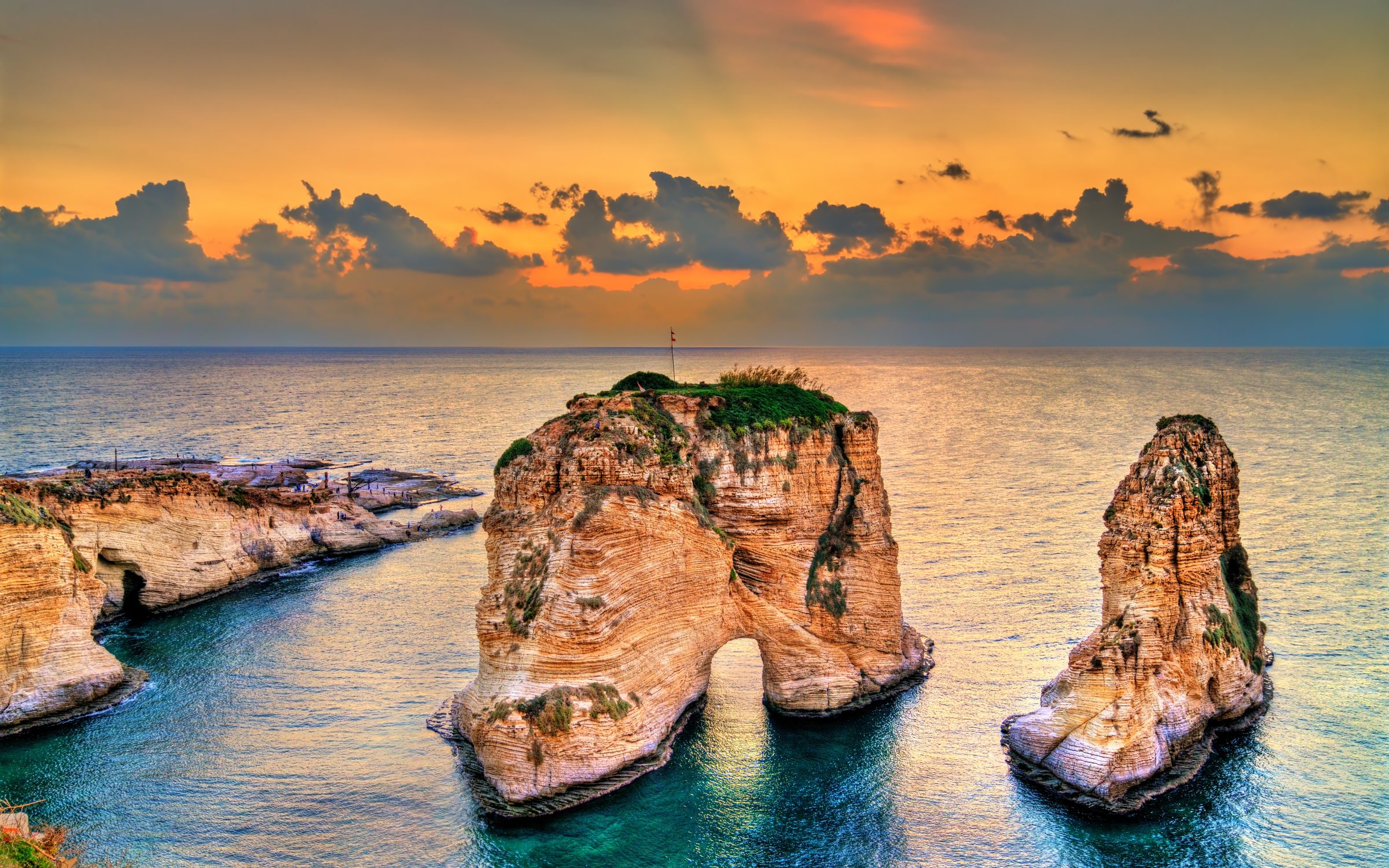
1.Etymology: Unveiling Lebanon's Origins
The name “Lebanon” traces its roots back to the 3rd millennium before Christ. The word “لبنان”, pronounced “lo-bnan”, originated from the Phoenician word "𐤋𐤁𐤍 – lbn", meaning “white”, referring to the snow-covered mountains of Lebanon. Lebanon was a very renowned region in Phoenician territory, known for its natural resources and beautiful mountains.
The name itself appears several times in texts dating back to the Middle Bronze Age (3300–1200 BC) and 70 times in the Old Testament. It was also mentioned in the Bible as a place where Jesus performed miracles, such as the one in the southern village of Cana.
2. There are actually more than 12 versions of Kebbeh
Lebanese cuisine offers a whole variety of “kebbeh”, because it used to be cooked differently in each region depending on the resources they had. For instance, in Bekaa, kebbeh is popular with yogurt stew, thanks to the abundance of dairy products. In the North, goats are plentiful, inspiring the famous raw kebbeh and kebbeh “2ras,” dome-shaped and stuffed with animal fat. Tripoli, known for its seafood, gave birth to an unusual kebbeh, made with fish instead of meat.
From baked kebbeh “bel sayniyye”, to kebbeh sajjieh, the options are endless. Try them all at “Joulia”, a restaurant in Ashrafieh with an all-kebbeh-based menu!
3. The 6-meter statue of St. Rita in Cascia, Italy, was crafted from Lebanese rock, by a Lebanese artist
In the village of Cascia – Italy, stands a 6-meter statue of St. Rita, sculpted from Lebanese rock by the talented Nayef Alwan.
Nayef is a Lebanese sculptor practicing his art in Aytou-Zgharta, alongside his brother Raymond. Their work is self-taught and full of symbolism, with each detail delicately chosen to convey a message.
In 2015, they won a competition held by the Vatican for statues of St. Rita. Their creation was later unveiled in Cascia in the presence of the patriarch, Mar Bechara Boutros al-Rahi.
P.S. Alwan brothers are also the ones behind the 23-meter statue of St. Charbel at the top of the mountains of Faraya.
4. Cedrus libani: what’s special about it?
The cedars of Lebanon are a species of pine tree that can grow up to 40 meters high and live up to 3500 years. Cedrus libani wood is hard and extremely durable, which makes it ideal for outdoor furniture. It can actually withstand or endure extreme weather and is also naturally resistant to decay and insects.
What’s also special are their cones: large and of an atypical ovoid shape, unlike the typical cone shape of other cedars.
One more thing: while Cedrus libani is an emblem of Lebanon, it also grows in other Mediterranean countries (Syria and southern Turkey)! However, Lebanon remains at the top, with eight cedar forests.
5. Unity in Diversity: Easter Celebrations in Choueir
Lebanon’s cultural and religious diversity sometimes makes unity challenging. However, in the village of Choueir, citizens have united to celebrate Easter on the same day!
In fact, Lebanese Christians are mostly Greek Orthodox or Maronite Catholics, whose Easter celebrations don’t usually coincide. In 2009, brothers Farid and Maher Al-Sabbagh from Choueir came up with the idea to unify Easter across their town's three churches. Sure enough, with the support of the community, the municipality, and priests, they gained approval from all spiritual authorities.
To this day, they hold a unified mass on Good Friday until Easter Monday. Here's to more villages taking Choueir as an example!